Last Monday, Unite hosted ‘The Elephant in the Room’, a discussion about pornography open to all students. The Oct. 15 discussion was led by Whitworth alumnus Jason Soucinek. It covered facts about pornography and the porn industry as well as some of its effects, including pornography’s link to human trafficking.
Soucinek is a member of Project Six19, a non-profit organization that promotes biblical sexuality. The organization mainly targets youths. He speaks to local high schools and universities on sex and relationships.
Approximately 55 students attended Monday’s event. Each was given the opportunity to pose their written questions at the beginning of the evening.
Whitworth students junior Sam Abbott and senior Ruth Nalty shared their personal stories during the evening.Soucinek started the conversation by giving background on pornography’s influence. He said that the average age that children are exposed to pornography for the first time is at 11 years old, and that there are 4.2 million websites dedicated to pornography. He also said that the no. 1 target audience for pornographers is boys between the ages of 5 and 9.
Senior Ryan Sutherland said he was surprised that children were becoming targets at such a young age.
Among the issues discussed was pornography’s connection to human trafficking.
Soucinek outlined four of the direct and indirect ways that porn contributes to human trafficking: actual trafficking for sex; videotaped rape of sexually exploited victims to sell as pornography; the use of porn as a tool to groom prostitutes and seduce victims; and the rationalization of inhumane behaviors.
Soucinek said the objective of his talks is not to blame or judge anyone’s choices.
“It’s more about celebrating sexuality than causing shame or guilt,” Soucinek said.
He said that sexual desire is not inherently sinful and pornography is a distorted way of viewing something truly beautiful and holy — the human body.
Junior Audrey Evans, associate director of Unite, said there is a misconception that being Christian means not suffering from vices such as porn addiction.
“The goal was not to say, ‘Porn is evil, and so are you for looking at it.’ The goal was that next time you see it, you can see it through a different lens,” she said.
Evans said she thought the event was successful overall. Due to the controversial nature of the subject matter, she said she was not sure whether or not anyone would show up. However, she was pleased with the turnout. She said that students were well-involved, and that education and conversation are important to spurring action.
Sutherland agreed that conversation was important, even though some topics, like this one, can be uncomfortable.
“It’s a necessity to talk about things that are not necessarily easy or fun things to talk about,” Sutherland said.
One focus of the event was what students can do individually to take a stand against pornography.
Evans said that anyone who views pornography can help stop human trafficking by turning it off. Every click to a pornographic website is money contributed to that industry, she said.
“There will be a supply as long as there is a demand. If we eliminate the demand, we eliminate the supply,” Evans said.
Soucinek had a similar message. He said that as our technology progresses, our access to pornography is greater than ever before, and the best way to limit it is to refuse to take part as a viewer.
“If you want to stop porn from having an impact on you, turn the phone off,” Soucinek said.
Along with the information and discussion, students were offered multiple support resources. They included XXXchurch.com, a source for porn addiction recovery; covenanteyes.com, a website providing internet accountability and filters; Dirty Girls Ministries, support and help specifically for women struggling with addiction to pornography; and Project Six19.
Contact Katherine Knoll at kknoll16@my.whitworth.edu

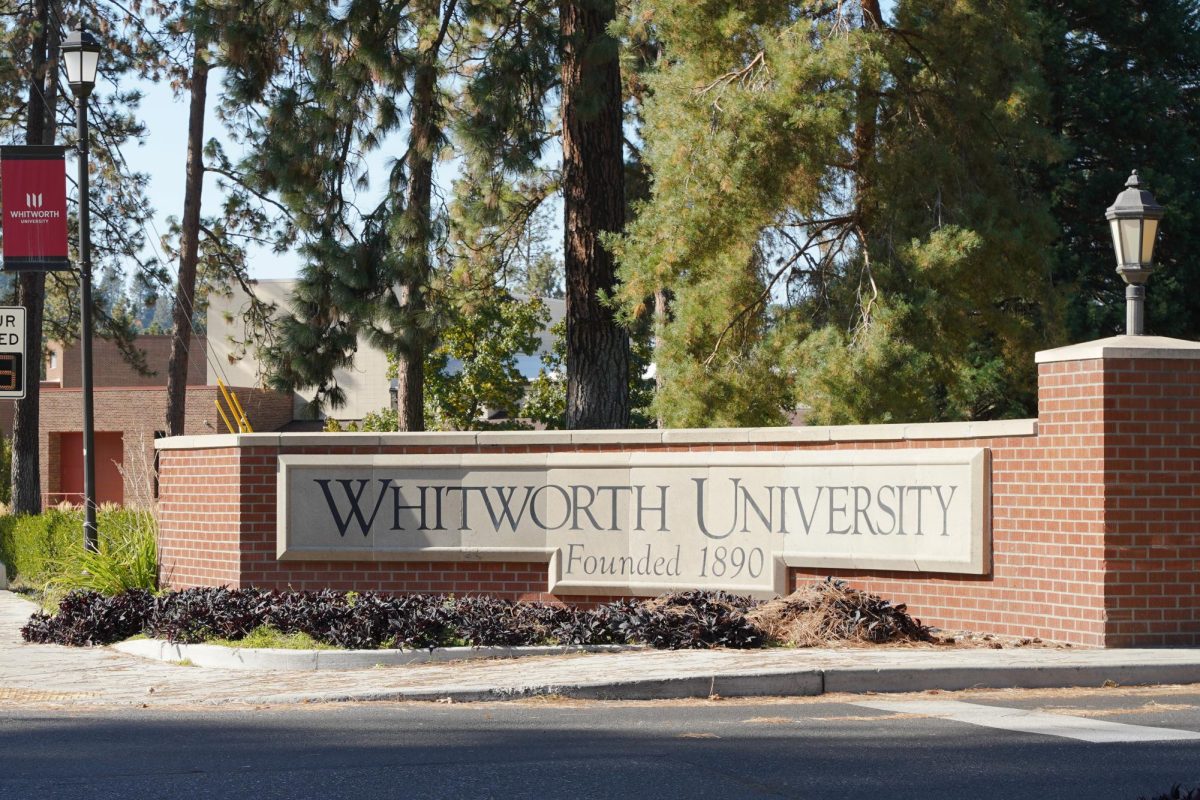
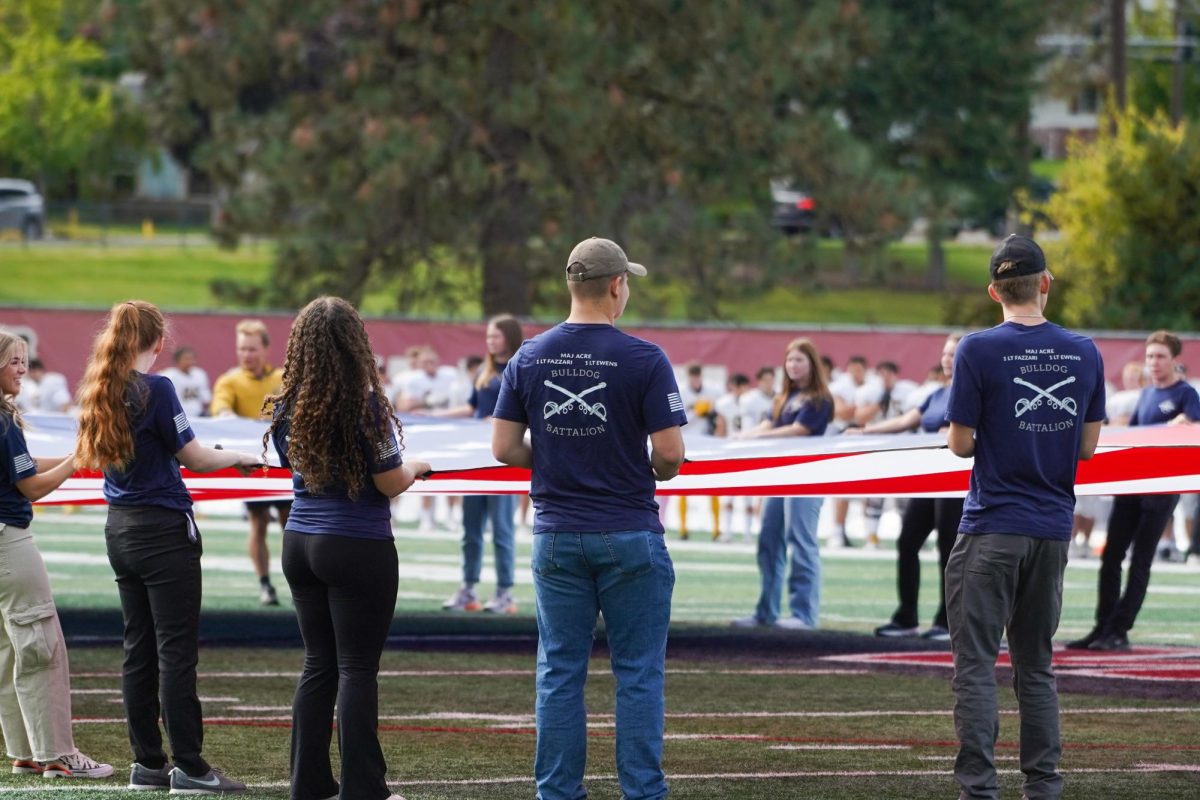
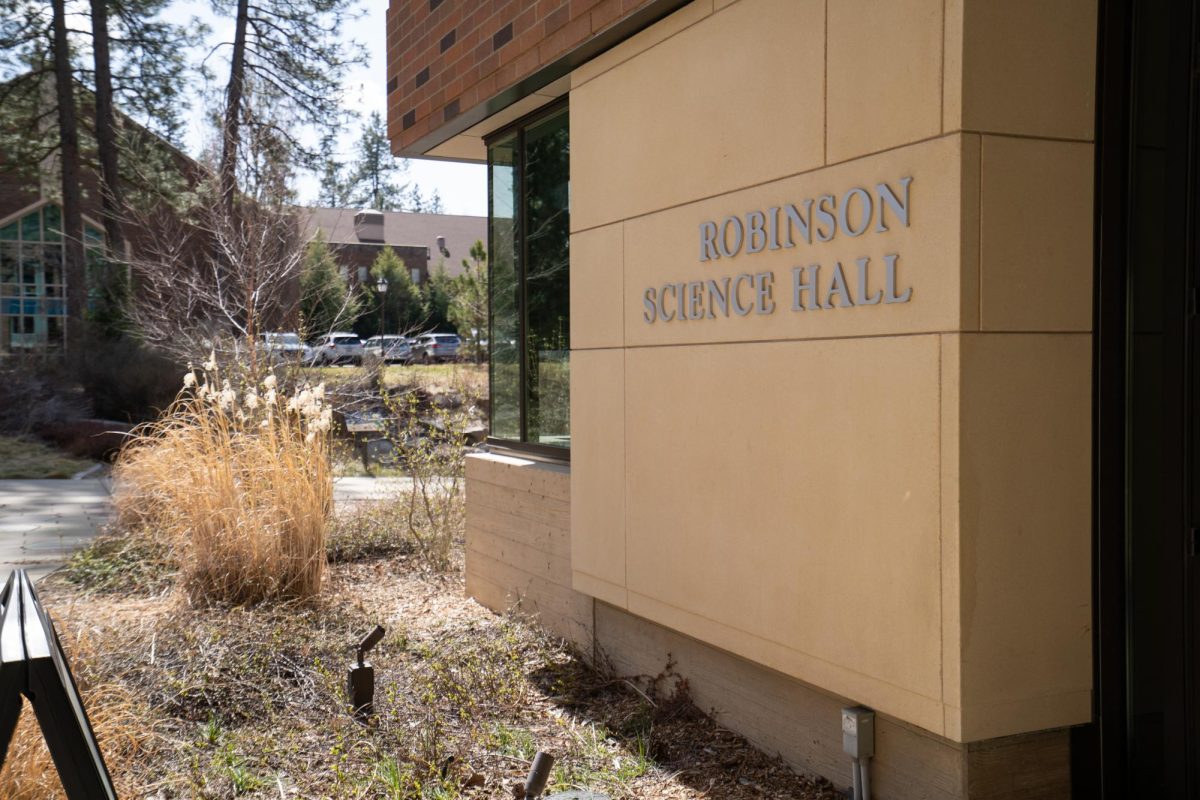
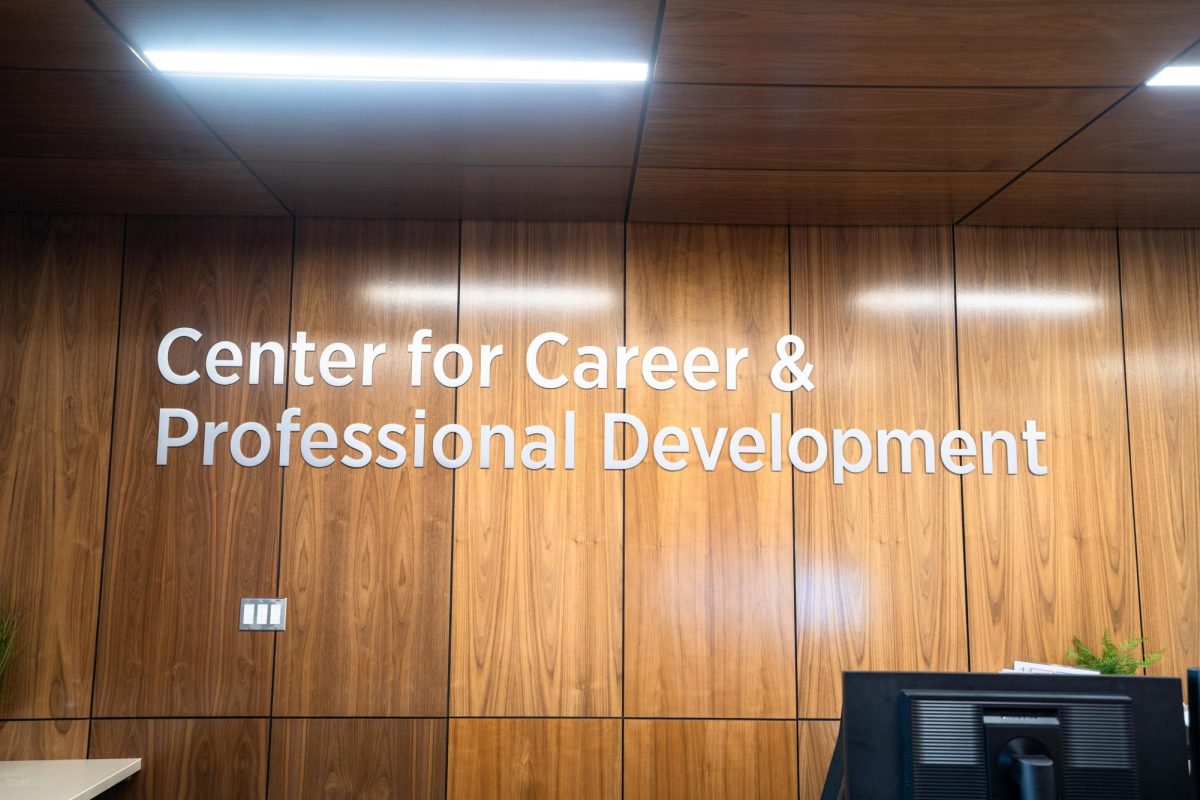
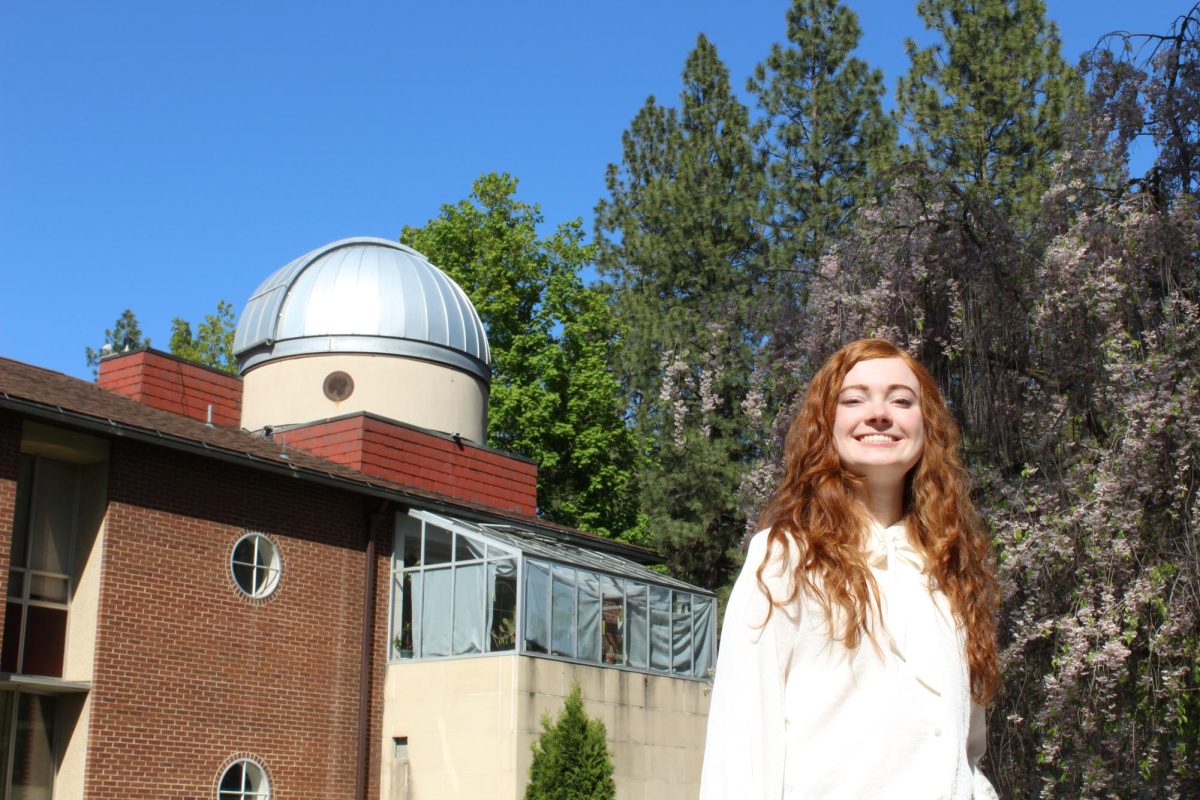
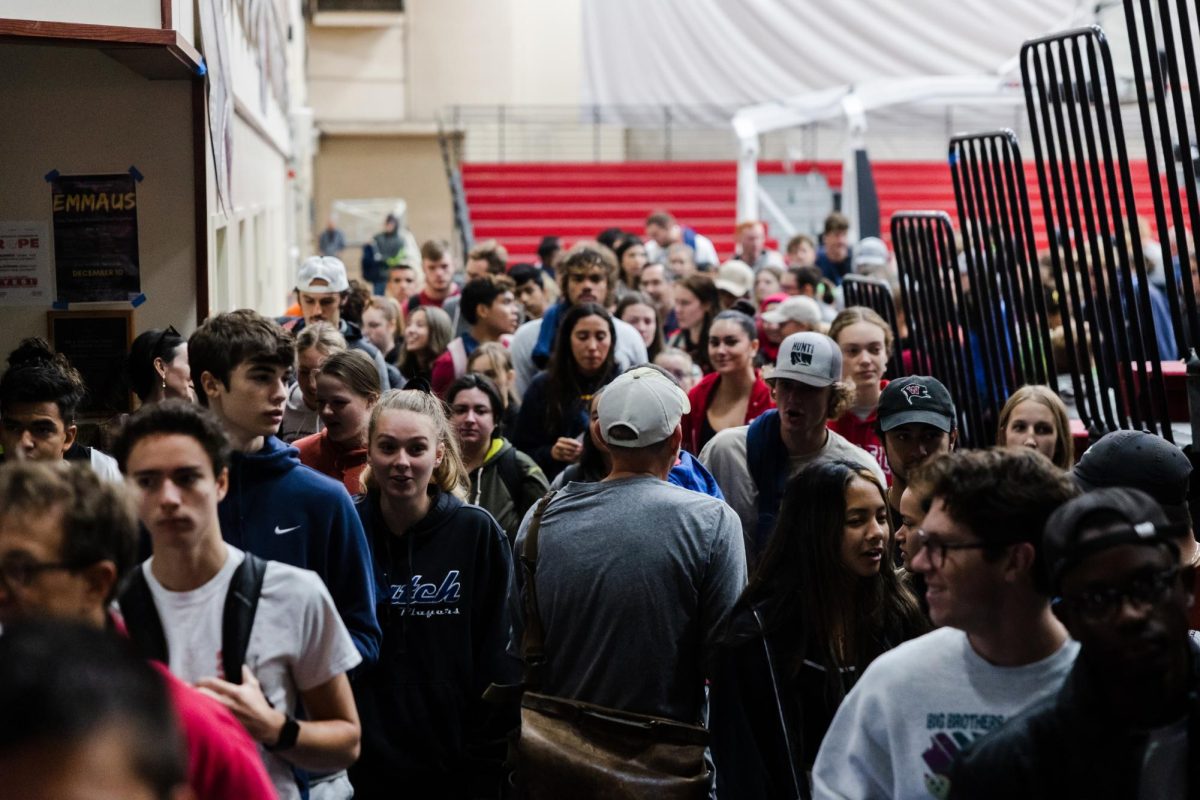
 Spokane?
Spokane?